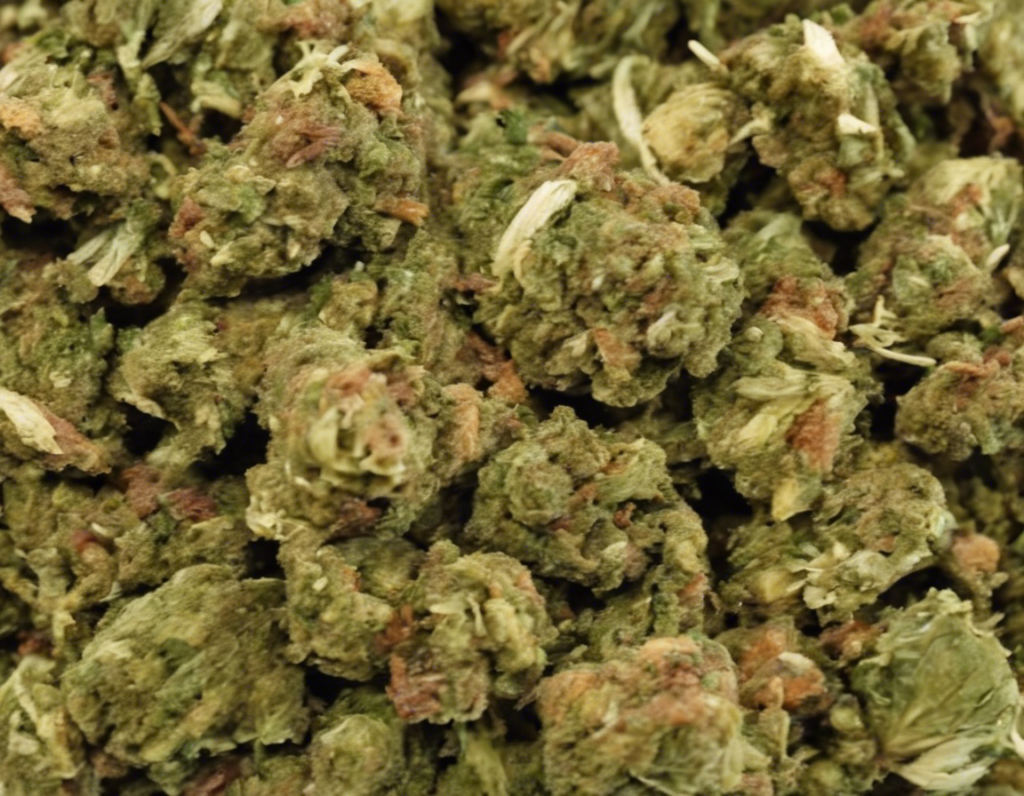The gumbo weed (Nymphaea ampla), also known as giant water lily or water lotus, is an aquatic plant that holds a mystical allure in the culinary world. Native to the southeastern United States and parts of Central and South America, this plant has been a staple ingredient in traditional cuisines for centuries. With its large, round leaves and fragrant flowers, the gumbo weed is not only visually stunning but also offers a plethora of culinary possibilities.
The Origin and Cultivation of Gumbo Weed
Originating in the warm waters of the Americas, the gumbo weed thrives in shallow freshwater habitats such as ponds, lakes, and slow-moving rivers. Cultivating gumbo weed requires specific conditions including full sun exposure, nutrient-rich soil, and consistent water levels. The plant’s extensive rhizome system allows it to spread quickly, making it a resilient and low-maintenance crop for growers.
Harvesting and Preparation
Harvesting gumbo weed is a labor-intensive process that requires careful attention to preserve the plant’s delicate flavors and textures. The leaves and flowers are typically harvested in the early morning when their flavors are most potent. After harvesting, the gumbo weed should be washed thoroughly to remove any impurities and dirt.
Culinary Uses of Gumbo Weed
1. Leaf Wraps: The large, circular leaves of the gumbo weed make perfect wraps for savory fillings such as rice, vegetables, and meats. The leaves can be blanched or steamed to soften them before use.
2. Flower Garnishes: The fragrant flowers of the gumbo weed are often used as a colorful and aromatic garnish for salads, desserts, and cocktails.
3. Stir-Fries: Sliced gumbo weed leaves can be added to stir-fries for a unique flavor and texture. The leaves retain their crunchiness when cooked quickly over high heat.
4. Tea Infusions: Dried gumbo weed leaves can be steeped in hot water to make a soothing and refreshing tea. The tea is known for its calming properties and subtle floral notes.
Health Benefits of Gumbo Weed
Gumbo weed is not only a culinary delight but also a nutritional powerhouse. Rich in vitamins, minerals, and antioxidants, gumbo weed offers a range of health benefits, including:
- Anti-inflammatory properties
- Digestive support
- Immune system boost
- Skin health
- Weight management
Sustainability and Conservation Efforts
As the demand for gumbo weed grows, sustainable cultivation practices are essential to protect the plant’s natural habitats and ensure long-term availability. Conservation efforts focus on preserving wetland ecosystems, promoting responsible harvesting techniques, and supporting local communities that rely on gumbo weed for sustenance.
Frequently Asked Questions (FAQs)
Q: Is gumbo weed safe for consumption?
A: Yes, gumbo weed is safe to eat and offers a range of health benefits when consumed as part of a balanced diet.
Q: Where can I buy gumbo weed for cooking?
A: Gumbo weed can be found in specialty grocery stores, farmers’ markets, and online retailers that specialize in exotic ingredients.
Q: Can I grow gumbo weed at home?
A: Yes, gumbo weed can be grown in home ponds or water gardens, provided they have the necessary sunlight and water conditions.
Q: How do I store gumbo weed after harvesting?
A: Gumbo weed can be stored in the refrigerator for up to a week if kept in a sealed container with a damp paper towel.
Q: Are there any culinary traditions associated with gumbo weed?
A: In some cultures, gumbo weed is considered a symbol of purity and is used in ceremonial dishes for special occasions.
In conclusion, gumbo weed is a versatile and nutritious ingredient that adds a touch of exotic flair to culinary creations. By exploring the rich culinary history and health benefits of gumbo weed, you can embark on a flavorful journey through the vibrant world of exotic ingredients.
